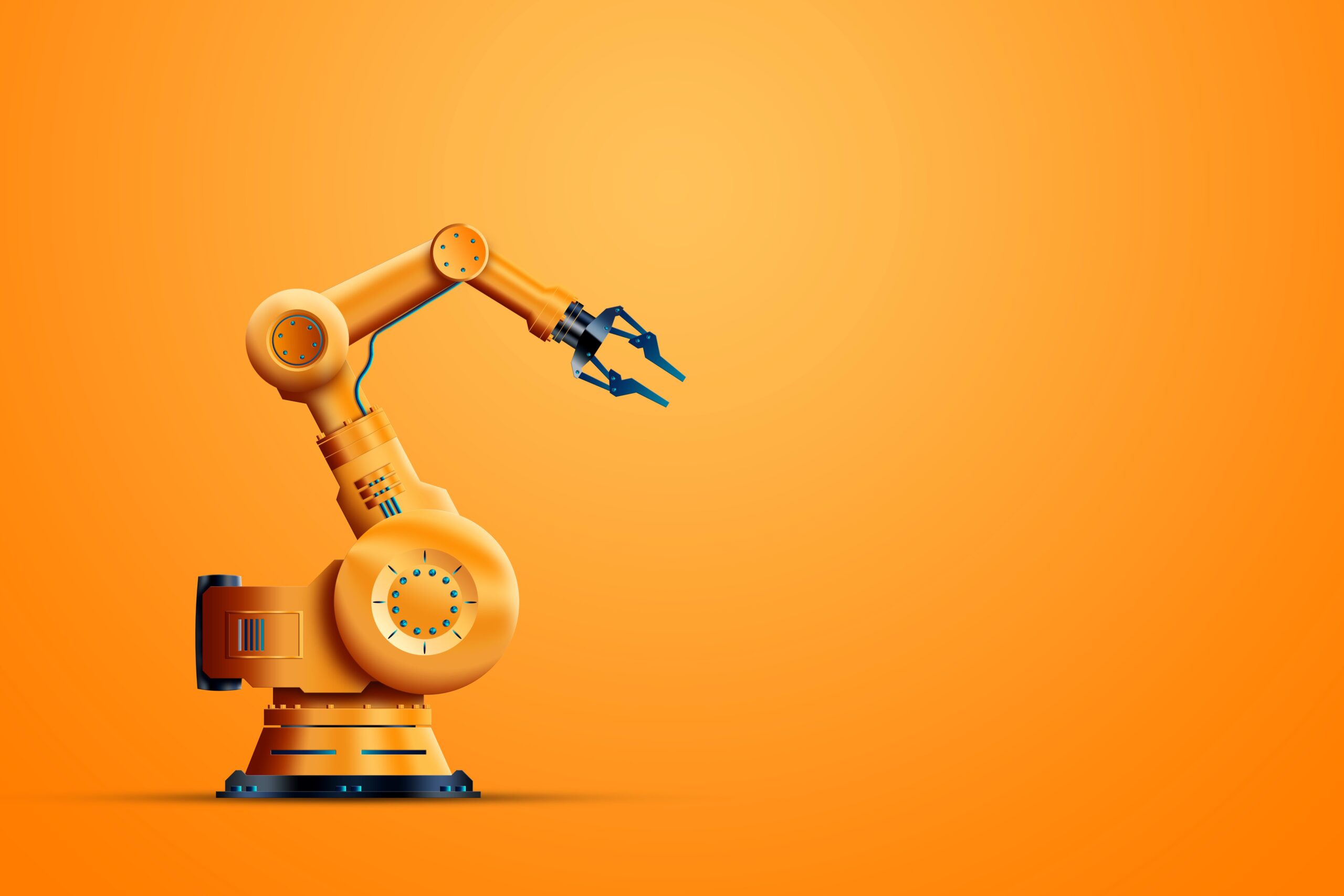Technology and automation in industry are rapidly advancing – from manufacturing to logistics and customer service. In the manufacturing world robots play an increasingly significant role. However their operation in challenging industrial environments poses several challenges. Exposure to aggressive environmental factors such as dust moisture or heat can lead to damage or even accidents. Therefore protective covers can play a crucial role not only ensuring the safety of robots but also enhancing their efficiency and longevity.
Hazards for robots in industrial environments
Industrial robots often operate in environments containing various harmful factors that pose a significant challenge to their durability and safety. Dust and pollutants can cause mechanical damage and disrupt internal mechanisms. Moisture that leads to corrosion poses risks to electronic components leading to control system failures. Sparks and heat can be particularly dangerous to plastic elements of robotic equipment such as cable guides. Additionally abrasive materials can cause wear and degradation of moving robot parts resulting in more frequent repairs and frequent production downtime. Protective covers for industrial robots provide necessary protection against such harmful environmental influences.
Benefits of using protective robots covers
Using protective covers for industrial robots brings several significant benefits to the production process. These covers minimize the risk of damage by preventing harmful substances from reaching the robot’s sensitive mechanisms. As a result the operational lifespan is extended and costs associated with maintenance and repairs are reduced. Protective covers shield robots from mechanical damage caused by dust or moisture thereby increasing machine reliability.
Robot protective covers serve as a protective barrier enabling longer machine lifespan and efficient production processes. Implementing machine protection in the industrial sector enhances operational efficiency and profitability.
Challenges Faced by Industrial Robots
- Dust and Pollutants: These can cause mechanical damage and disrupt internal mechanisms.
- Moisture and Corrosion: Moisture poses risks to electronic components leading to control system failures.
- Heat and Sparks: These can be particularly dangerous to plastic elements such as cable guides.
- Abrasive Materials: They cause wear and degradation of moving robot parts leading to frequent repairs and production downtime.
- The Role of Protective Covers:
- Safety: Protective covers act as a barrier shielding robots from harmful environmental factors.
- Durability: By preventing dust moisture and other substances from reaching sensitive mechanisms covers extend the operational lifespan of robots.
- Cost Efficiency: Reduced maintenance and repair costs contribute to overall efficiency.
- Enhancing Machine Reliability:
- Protective covers not only ensure safety but also enhance the efficiency and longevity of industrial robots.
- Longer machine lifespan translates to more efficient production processes.
How Companies Implement Robot Maintenance Strategies?
Implementing effective robot maintenance strategies is crucial for ensuring the longevity reliability and optimal performance of industrial robots. Here are some key steps that companies can take:
- Regular Inspections and Preventive Maintenance:
- Schedule routine inspections to identify any signs of wear damage or malfunction.
- Perform preventive maintenance tasks such as cleaning lubricating and adjusting components.
- Address minor issues promptly to prevent them from escalating.
- Create a Maintenance Schedule:
- Develop a comprehensive maintenance calendar that outlines specific tasks intervals and responsible personnel.
- Consider factors like operating hours environmental conditions and the robot’s workload.
- Train Maintenance Personnel:
- Ensure that technicians and operators receive proper training on robot maintenance.
- Familiarize them with safety protocols troubleshooting techniques and best practices.
- Monitor Performance Metrics:
- Collect data on robot performance including cycle times error rates and energy consumption.
- Analyze trends to detect anomalies and address them proactively.
- Predictive Maintenance:
- Leverage sensor data and predictive analytics to anticipate maintenance needs.
- Predictive models can identify potential failures before they occur minimizing downtime.
- Environmental Protection:
- Install protective covers to shield robots from dust moisture heat and other harmful elements.
- Regularly inspect covers for wear and tear.
- Documentation and Records:
- Maintain detailed records of maintenance activities repairs and replacements.
- Document any modifications or upgrades made to the robot.
- Collaborate with Manufacturers:
- Consult the robot manufacturer’s guidelines and recommendations.
- Follow their maintenance instructions and adhere to warranty terms.
- Emergency Response Plan:
- Develop protocols for handling unexpected breakdowns or emergencies.
- Ensure that spare parts are readily available.
- Continuous Improvement:
- Regularly review and update maintenance procedures based on feedback and lessons learned.
- Encourage a culture of continuous improvement within the maintenance team.
Conclusion
In conclusion safeguarding industrial robots through effective maintenance strategies is paramount. By implementing regular inspections creating maintenance schedules training personnel and leveraging predictive techniques companies can enhance robot longevity and reliability. Protective covers act as vital shields ensuring safe operation and minimizing risks. Remember a well-maintained robot not only contributes to efficient production but also extends its operational lifespan.






